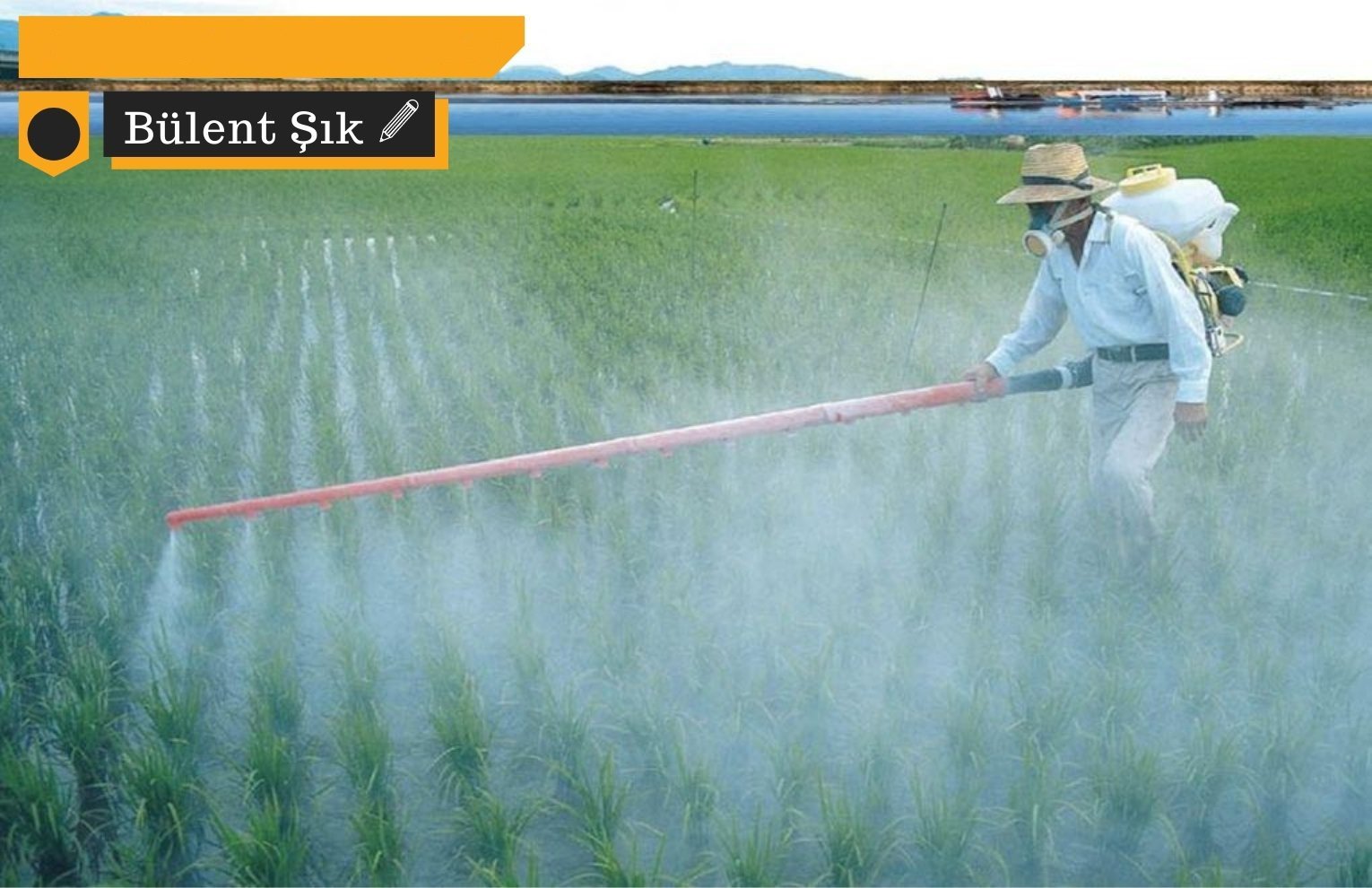Click to read the article in Turkish
The total amount of pesticides used in 2017 increased to 54.098 tons compared to 2016, with a 8.08 percent rise, according to the Environmental Indicators booklet published by the Ministry of Environment and Urbanism.
Pesticides are poisonous chemicals that are used against various elements in agriculture. Although they are called agricultural drugs, it is more true to call them agricultural poisons.
Fungicides (mushroom killers) are the most used agricultural poisons in our country. They constitute 44 percent of the agricultural drug usage in 2017. They are followed by insecticides (bug killers) with 22.8 percent, herbicides (weed killers) with 23.5 percent, acaricides (acarus killers) with 4.9 percent, and rodenticides (rodent killers) with 0.5 percent. They are followed by other types of pesticides, namely the plant activators, plant growth regulators, insect attractants, fumigants and nematocysts, the total usage of which is 12.4 percent.
According to the estimates by the Agriculture Engineers Chambers, the usage of agricultural poisons would increase by 9 percent to 59 thousand tons for 2018.
According to these figures, the total amount of agricultural poisons used in Turkey, which was 37.651 tons in 2009, increased by 57 percent to 59 thousand tons in a decade.
Deficiencies in the statistical data
Of course, this increase should be examined with different parameters. For instance, an increase in agricultural areas in the same period would mean that the increase in the amount of agricultural poisons used is not absolute, but relative.
In other words, if only the amount of pesticides used increased without an increase in cultivated areas, the situation would be more concerning as the amount of agricultural poison for a unit area would have increased. But these details are not included in the Environmental Indications.
The statistical data regarding pesticide usage is too general. For example, it does not include detailed figures on the basis of districts and the names or amounts of the pesticides.
In the province of Antalya where the pesticide usage is very high, it is uncertain that which agricultural poisons used in what amount in the districts of Kumluca and Serik, where the agricultural production is very high.
Antalya is the province with the highest pesticide usage
Despite these deficiencies, let's take a look at the amount of pesticides used city by city to get an idea:
As of 2017, five provinces with most pesticide usage are Antalya (10.1% of total usage), Manisa (9%), Adana (9%), Mersin (5.7%), and Aydın (5.7%).
Antalya leads the way in the usage of agricultural poisons. Considering the estimates by the Agricultural Engineers Chamber, we can say that the amount of agricultural poisons used in Antalya in 2018 is 5.959 tons.
This number does not mean anything on its own. To give an idea about that, I must say that the amount of pesticides used is 59 thousand kilograms and this amounts to 12 million plastic bottles in round figures.
Antalya's 2018 population is stated as 2.426 million and this means 2.5 kilos of pesticides per person.
In Manisa, one of the provinces where the pesticide usage is high, there is 3.7 kg pesticides person. It is 3.1 kg in Aydın, 2.4 kg in Adana and 1.8 kg in Mersin.
But we need to look at not usage by province, but to look at the districts where there is high agricultural production.
In this context, we can definitely say that in Kumluca and Serik in Antalya, where agricultural production and pesticide usage is very high, the amount of pesticides per unit area and per person is well above these figures.
We can also say that these high amounts pose a serious risk against farmers, those who work in agricultural areas, residents, consumers and other species, most notably bees in the ecosystem.
Of course, we are not exposed to pesticides just once. Agricultural poisons are used at different times in a year and spread in a wide geographical area, becoming less frequent. So, we are exposed to less amount of pesticides but in a continuous way.
The subject of exposure is one of the subjects that is understudied in our country. It is hard to what the real situation is without concrete studies are conducted in these subjects.
But there is a concrete reality: The usage of pesticides increased by 57 percent in the last decade. This increase is not a success but a real problem.
It is also highly likely that the rate of food products with pesticide remnants increased.
The increase in the usage of pesticides also shows that the statements and practices by the Ministry of Agriculture and Forestry go for nothing.
Unfortunately, this is our situation. (BŞ/PT/VK)





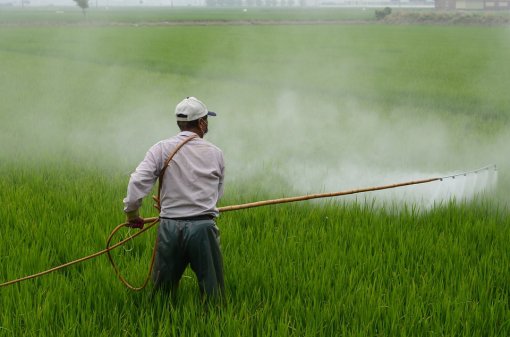
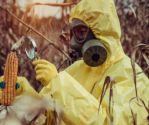
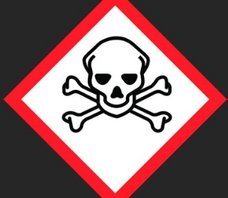

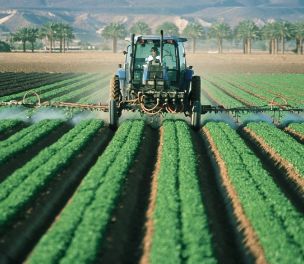
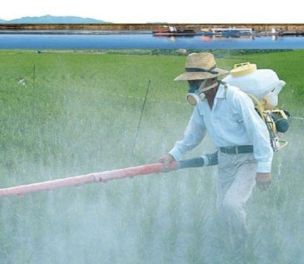
sa.jpg)
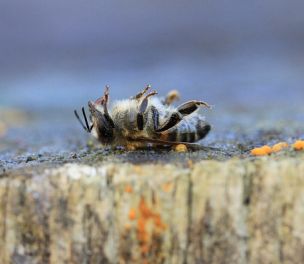
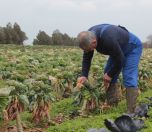
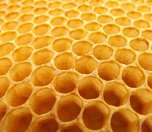
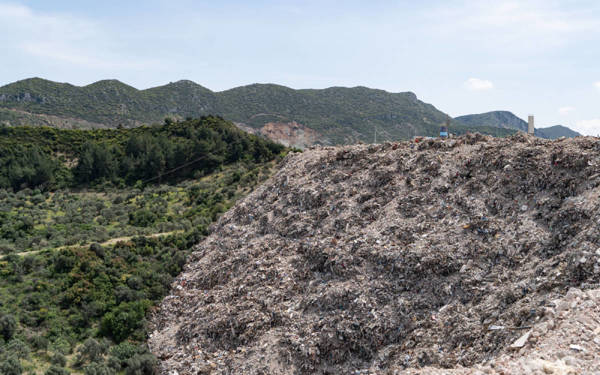
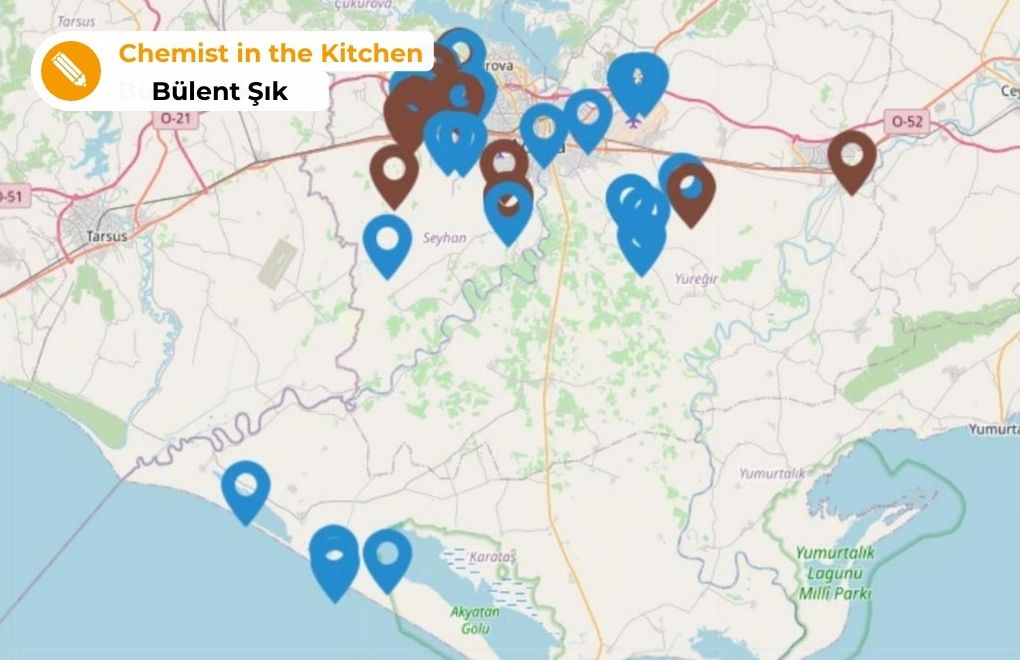

.jpg)
